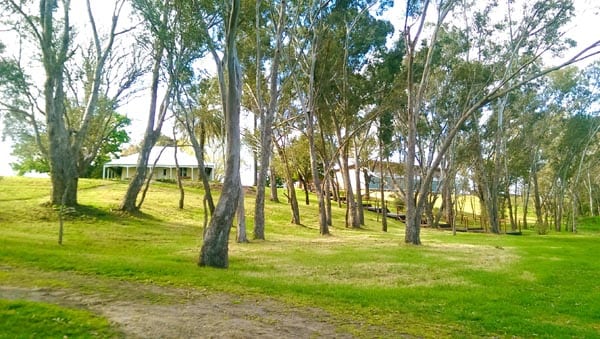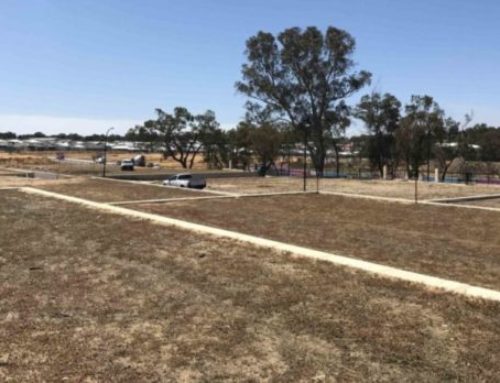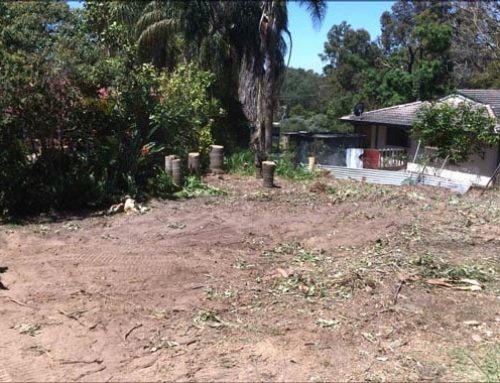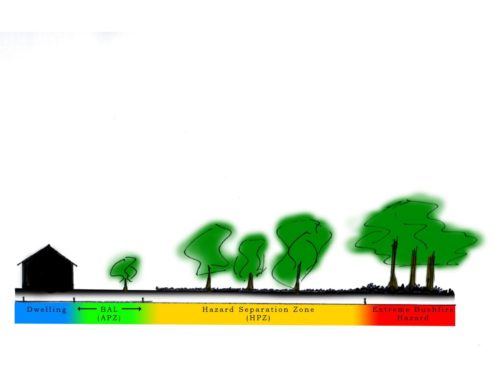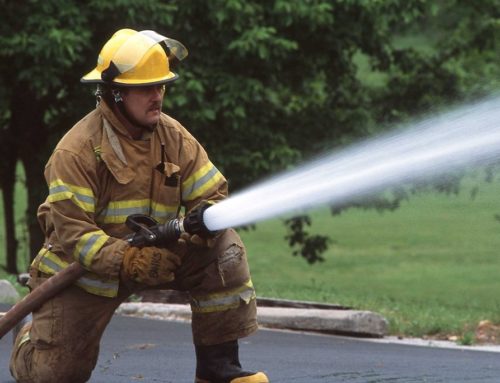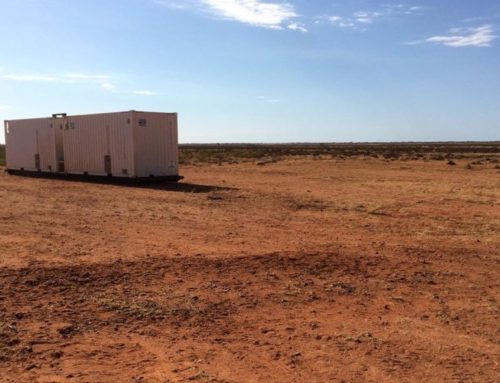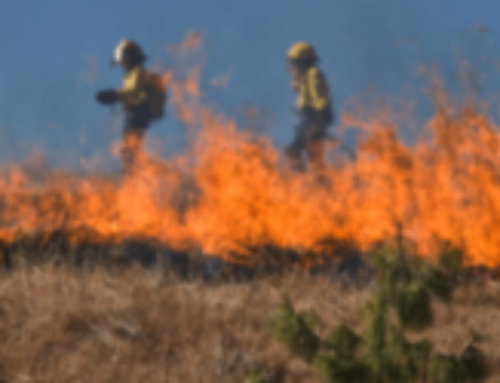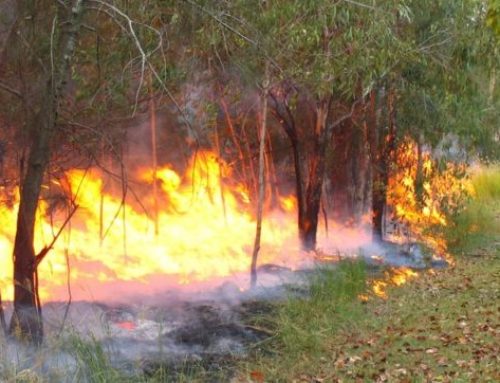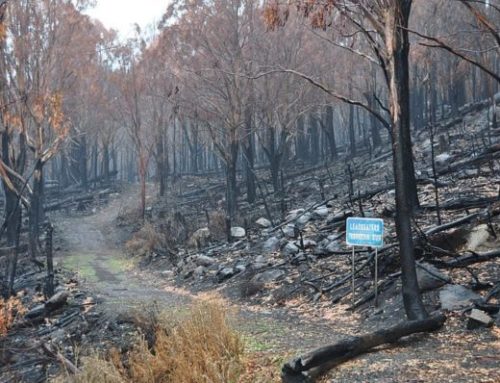Living in a Bushfire Prone Region in Western Australian states instantly means the residents of these areas go through a strenuous process every time they decide to build or extend on their property. For the education of those who do not live in Bushfire Prone Regions, this means every time they have to build or extend on their property, they have to have Bushfire Assessments conducted every single time. This is to ensure their development does not increase their risk of ignition in case of a bushfire. However, even if the residents do not plan on developing on their property, they have to abide by fire control notices released by their local government and is commonly known as the firebreak and fuel load notice. This notice differs from area to area but in general, if the site is larger than a specific area, a firebreak has to be installed immediately inside the lot boundary; and if they are smaller than that area, the fuel load has to be reduced throughout the site by slashing the vegetation to a bare minimum (usually 5 cm).
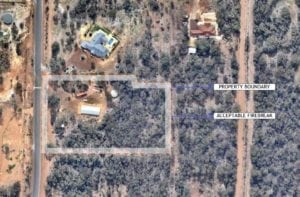
To clarify, we would like to define both these terms. A firebreak unlike contrary popular belief is not “cleared vegetation” to create a buffer zone from the bushfire threat and your property, it is in fact a trafficable surface usually of a 3-4 meters in width which is used for vehicular access by a fire appliance in case of a bushfire. It is placed immediately inside the boundary of the lot to provide a circular track for a fire appliance. The image below shows a photograph of an acceptable firebreak along with a layout of how it is placed on site
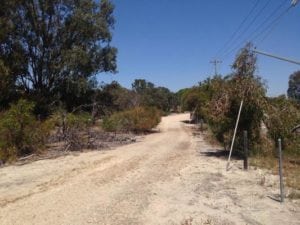
Fuel load is all flammable materials and in case of constructions in bushfire prone regions, this is referring to vegetation that can ignite in case of a bushfire. Like firebreaks, there is a general misconception that reduction of fuel load means to slash and clear all trees and shrubs on a site. In fact, trees can actually be beneficial in case of a bushfire as they slow high-speed winds and shield buildings from ember attacks. The correct method to reduce the fuel load is to “manage” the vegetation or create an Asset Protection Zone around buildings and a Hazard Separation zone for the rest of the site. These are zones where the understorey is managed while creating a clear separation between the overstorey (tree canopies, shore and tall shrubs etc.). This inhibits the spread of fire from one tree/shrub/groundcover to another. The image below shows vegetation managed in a low fuel condition:

We understand what a time consuming and expensive exercise it may be to ensure a firebreak and/or fuel load is managed on site every year prior to fire season. As Bushfire Attack Level (BAL) Assessors, we speak to several clients complaining about this very fact. However, we urge our readers to make vegetation management a regular exercise that is done all year round rather than drastically once a year or every time a development has to go on site. It is also advisable to conduct a Bushfire Attack Level (BAL) Assessment or a Bushfire Management Plan (BMP) prior to the planning of your proposed development and vegetation management. Doing this will ensure that we your Bushfire Attack Level (BAL) Assessor provide you with valuable advice as to how much area needs to be dedicated to an Asset Protection Zone so that not only do you achieve a lower Bushfire Attack Level (BAL) rating, but also can ensure safety of life and property in case of a bushfire.

